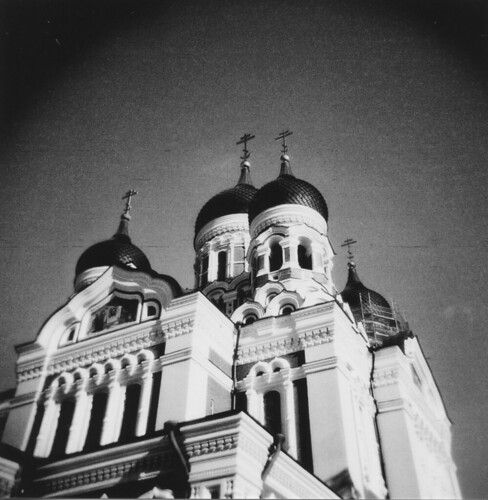As an effect of the constantly increasing digitalization of the world, the retro movement has grown stronger during the last decade. Due to that, analog photography has come back into fashion. One of the reasons for the raising popularity of 120 film is probably the great success of the Austrian company Lomography that are specialized in selling retro medium format cameras, 120 film and various analog photography equipment.
Characteristics of 120 film
The main characteristic of 120 film is that it produces square shaped images, usually in the size of 6x6 centimeters. There is certainly something special about a square format that is giving your pictures a very harmonious feel. From one roll of 120 film you typically get 12 exposures.
The major features of 120 film are that you get finer details and reduced grain compared to regular 35 mm film. Images of much larger resolution can be produced. The reason for this is that the film surface is somewhere between 3 to 4 times larger than traditional 35 mm film. The larger film format also enables for far better control of the depth of field.
Several types of 120 film
There are two main sorts of 120 film: The most widespread type is negative film (print film) and the other one is called positive film (slide film). Negative film can be either color or black & white. Positive film is usually color (see example picture of slide film below).
Two advantages with positive film is that you will get high contrasts and lower visible grain than traditional negative film. If you choose to cross process slide film, you will get very interesting images with high contrasts and over saturated colours. For further information on cross processing and choosing 120 film in general, check out our guide on how to choose 120 film.
If you enjoy innovative and experimental photography, there are some 120 films you absolutely should think of buying, for instance: red scale film (nice warm shades of red), infrared film (captures infrared light), slide film (cool results if "cross processed") and high speed film (lot's of of old school grain). View some examples below:
Getting started
If you may not be yet in possesion of a medium format camera, get your hands on one right away! It doesn't need to be pricey. There are a number of low-priced but cool lo-fi cameras offered from Lomography for example. The most common are the Holga and the Diana cameras.

If you are a bit more experienced and serious photographer you may want to look at something more high quality. For example a Mamiya or Hasselblad. The last mentioned was in fact the camera used on the first moon landing - and that indicates something about the quality, and the price, of this camera.
Learn more about our favourite cameras and 120 film.


